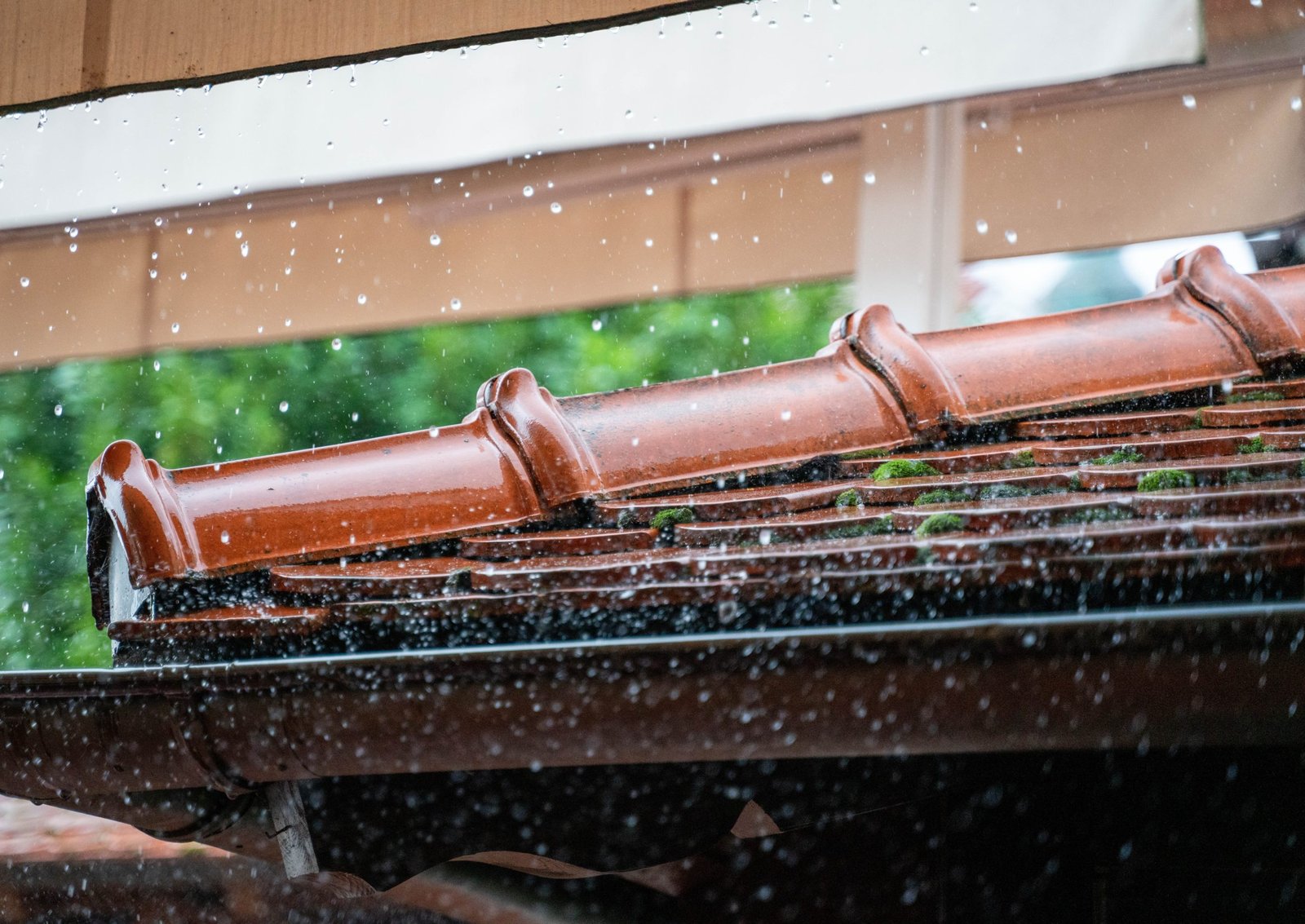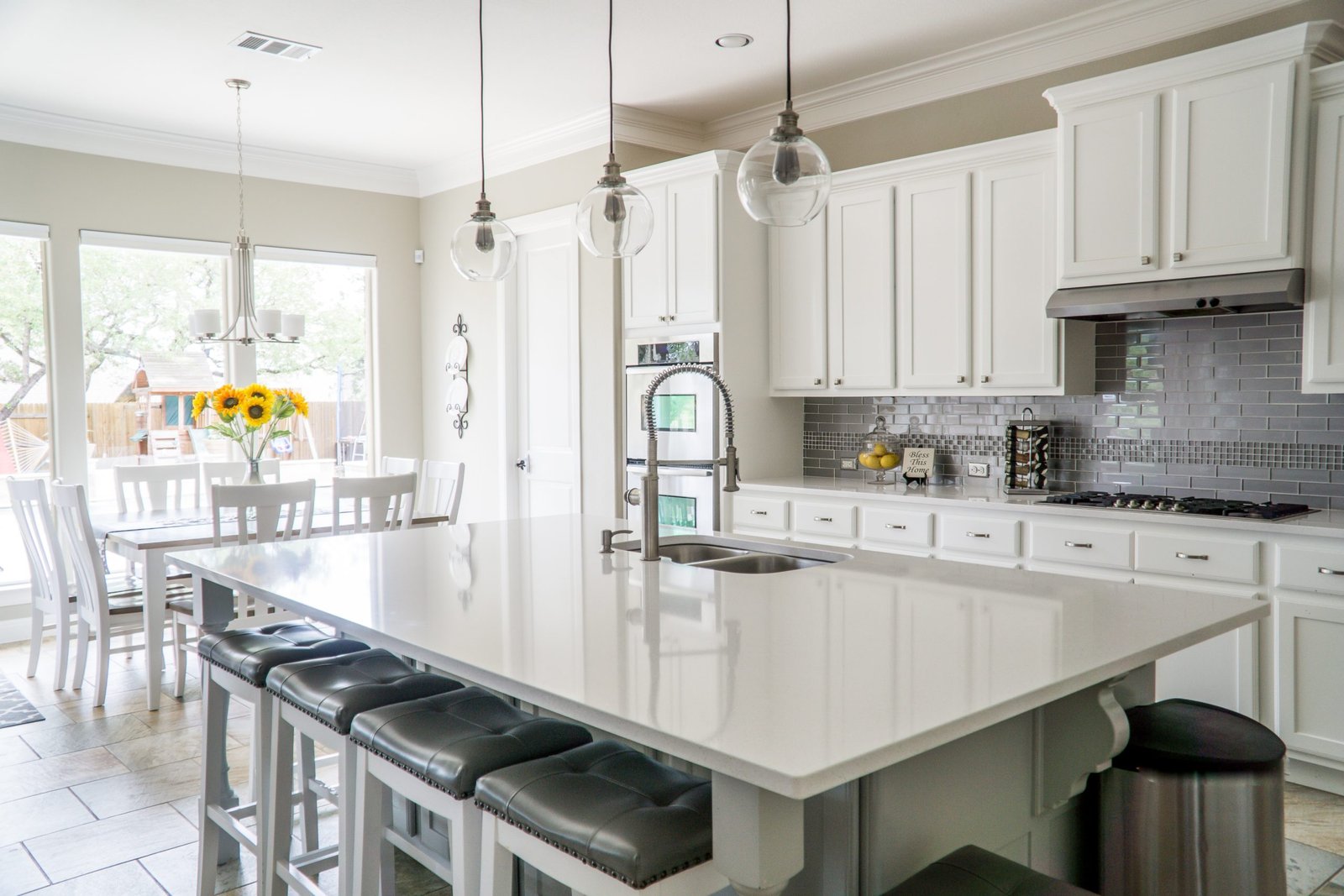What to do if you have a homeowner “water damage” claim in California?
If you have a homeowner water damage claim, here are the steps you should take:
- Document the damage: Take pictures and videos of the damage caused by the water, as well as any personal property affected. This documentation will help support your claim.
- Contact your insurance company: Report the water damage claim to your insurance company as soon as possible. Provide them with a detailed description of the damage and any documentation you have.
- Mitigate further damage: Take steps to mitigate further damage, such as turning off the water source or covering exposed areas. Keep receipts for any expenses incurred in this process as they may be covered by your insurance policy.
- Get an estimate: Obtain an estimate from a reputable contractor or restoration company for the cost of repairing the damage.
- Cooperate with the insurance company: Cooperate fully with the insurance company’s investigation of your claim. Provide any requested documentation promptly and accurately.
- Consider hiring an attorney: If the insurance company denies your claim or delays payment, consider hiring an attorney who specializes in insurance claims to assist you in pursuing your claim.
It is important to act quickly when dealing with a homeowner water damage claim, as further damage can occur if the problem is not addressed promptly. By following these steps, you can help ensure a smoother claims process and increase the chances of receiving a fair settlement from your insurance company.
What are the common causes of water damage to a home in California?
Water damage to a home in California can be caused by several factors, including:
- Natural disasters: Flooding, heavy rain, and mudslides can all cause water damage to a home.
- Plumbing issues: Broken pipes, leaks, and burst water heaters can all cause water damage.
- Appliance malfunctions: Washing machines, refrigerators, and other household appliances can malfunction and cause water damage.
- Roof leaks: A leaky roof can allow water to seep into the home, causing damage to the ceiling, walls, and floors.
- Clogged gutters: If the gutters are clogged, water can overflow and damage the roof, walls, and foundation of the home.
- Sewer backups: A sewer backup can cause water to back up into the home, causing extensive damage.
- Human error: Leaving a faucet running, overflowing a bathtub or sink, or forgetting to turn off a hose can all cause water damage.
It is important to address water damage promptly to prevent further damage and mold growth. Homeowners should regularly inspect their homes for signs of water damage and address any issues immediately to minimize damage and prevent costly repairs.
“CALL NOW” for a Free Consultation
What types of water damage can flooding or heavy rain cause to a home in California?
Flooding or heavy rain can cause various types of water damage to a home in California, including:
- Structural damage: Excessive water can weaken the foundation, walls, and roof of a home, causing them to warp, crack, or even collapse.
- Electrical damage: Flooding can damage the electrical wiring in a home, posing a risk of electrical shock or fire.
- Mold growth: Water damage can cause mold growth, which can pose a health risk to occupants of the home.
- Damage to personal property: Furniture, carpets, electronics, and other personal property can be damaged or destroyed by water.
- Contamination: Floodwaters can be contaminated with hazardous substances such as chemicals, sewage, and bacteria, posing a health risk to occupants of the home.
- Damage to landscaping: Excessive water can damage landscaping, including lawns, trees, and gardens.
It is important to address flooding and water damage promptly to prevent further damage and mold growth. Homeowners should also take precautions to minimize damage during heavy rain, such as ensuring proper drainage and sealing cracks and leaks in the home. If your home has suffered water damage from flooding or heavy rain, it is essential to contact a qualified restoration professional to properly mitigate the damage and prevent further harm.
What are the most common causes of roof leaks that lead to water damage?
- Damaged or missing shingles: Shingles can be damaged by severe weather conditions or simply wear and tear. If shingles are missing or damaged, water can seep into the roof, causing leaks.
- Clogged gutters: Gutters can become clogged with leaves, debris, and other materials, preventing water from draining properly. When water backs up, it can seep into the roof and cause damage.
- Improperly installed flashing: Flashing is a material used to seal joints in the roof, such as around chimneys, vents, and skylights. If flashing is improperly installed or becomes damaged, it can allow water to seep into the roof.
- Condensation: If there is inadequate ventilation in the attic, moisture can accumulate, leading to condensation. Over time, this can cause damage to the roof and lead to leaks.
- Ice dams: In cold climates, ice can build up on the roof, causing water to back up under the shingles and leak into the home.
- Age: As roofs age, they can become less effective at keeping water out. Older roofs are more prone to leaks and damage.
- Holes or punctures: Holes or punctures in the roof can be caused by falling debris, animals, or foot traffic. These openings can allow water to seep into the roof and cause leaks.
It is important to address roof leaks promptly to prevent further damage to the home. Homeowners should regularly inspect their roofs for signs of damage and address any issues immediately to prevent leaks and costly repairs.
“CALL NOW” for a Free Consultation
Why do insurance companies deny water damage claims due to roof leaks?
Insurance companies may deny water damage claims due to roof leaks for several reasons, including:
- Lack of coverage: Some insurance policies may not cover certain types of water damage, such as damage caused by wear and tear or age-related deterioration.
- Maintenance issues: If the insurance company determines that the roof leak was caused by lack of maintenance or neglect, they may deny the claim.
- Exclusions: Some insurance policies may have exclusions for certain types of water damage, such as damage caused by floods or sewer backups.
- Pre-existing damage: If the insurance company determines that the roof leak existed before the policy was in effect, they may deny the claim.
- Insufficient evidence: The insurance company may require evidence to support the claim, such as documentation of the cause of the leak, photos of the damage, and estimates for repairs.
- Disputed claim: If the insurance company disputes the claim or believes that the damage was not caused by the roof leak, they may deny the claim.
It is important to review your insurance policy and understand the coverage and exclusions before filing a claim. Homeowners should also take steps to maintain their roofs and address any issues promptly to minimize the risk of damage and maximize the chance of a successful insurance claim. If your water damage claim due to a roof leak is denied, it may be helpful to consult with an experienced attorney who can advise you on your legal options.

